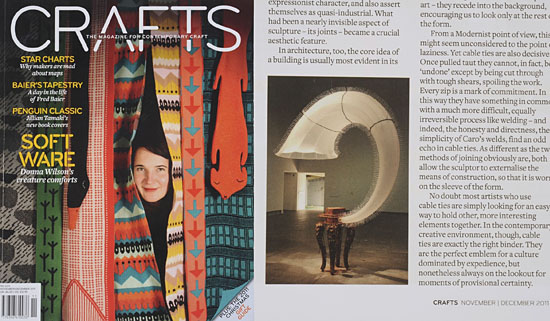 Over the last few months, the artists browngrotta arts represents have received mentions and more from the press, print and online. The November/December issue of Craft from the UK, included an image of Sounding by Lawrence LaBianca and Donald Fortescue in, “Craft’s quick fix,” by Glenn Adamson, which discusses the use of the humble cable tie by contemporary artists.
Over the last few months, the artists browngrotta arts represents have received mentions and more from the press, print and online. The November/December issue of Craft from the UK, included an image of Sounding by Lawrence LaBianca and Donald Fortescue in, “Craft’s quick fix,” by Glenn Adamson, which discusses the use of the humble cable tie by contemporary artists.
Then, in its Holiday issue, Aspen Sojourner printed a lengthy piece about LaBianca’s artist-in-residency at Anderson Ranch, “Ranch Hands: A day in the life of an Anderson Ranch artist-in-resident,” by Hilary Stunda http://softarchive.net/blogs/d3pz4i/aspen_sojourner_usa_holiday.882867.html.
The Winter 2012 of Surface Design,devoted four pages to Kyomi Iwata’s new work in kibisio, a by-product of silk spinning production in Japan, previously considered a waste material http://www.surfacedesign.org/publications/sda-journal. The same issue reviewed New York Fiber in the 21st Century at Lehman College Gallery and featured Tom’s photo of Norma Minkowitz’s King of the Hill and referenced Nancy Koenigsberg’s Light and Tempest, as “challeng[ing] the idea of flatness vs. sculptural, a middle ground that fiber works can uniquely occupy.”
The UK’s Craft Council included Dail Behennah’s Grid Dish as one of its 40:40/Forty Objects for Forty Years. You can see all 40 objects at: http://onviewonline.craftscouncil.org.uk/4040/.
The December 2011 issue of the Korea Foundation Newsletter featured a profile of Jin-Sook So in conjunction with coverage of the exhibition of Swedish craft art that she curated in Seoul late last year http://newsletter.kf.or.kr/news/news_201112/eng/sub_02.html. In the piece, “Encounter of Swedish Crafts and Korean Sensibilities; Textile Artist Jin-Sook So’s Views of Contemporary” So explains how Sweden and Korea influence her work. “I’ve lived in Sweden for 30 years and have traveled all over the world to create works and hold exhibitions, but my roots remain in Korea. Although I didn’t intend it to be, Korea and Korean sentiments have served as the spirit and inspiration that have motivated me. As time went by, it became even more evident, and I believe they will remain the roots of my work in the future.”
So’s work of steel mesh, Untitled, was also included in the “Art Now” column of New York Spaces last October.
Photos of work by three artists represented by browngrotta arts were featured in the December 2011 issue if the ETN textileforum. These included shots of Merja Winquist’s, Winter Garden, her large, on-site installation at the Sofia Paper Art Fest in Bulgaria, Anda Klancic’s lighted work, Aura FM, at the 2011 Como Miniartextil exhibition in Italy and Grethe Sorenson preparing for her Traces of Light exhibition at the Round Tower in Copenhagen, Denmark through March 11, 2012.

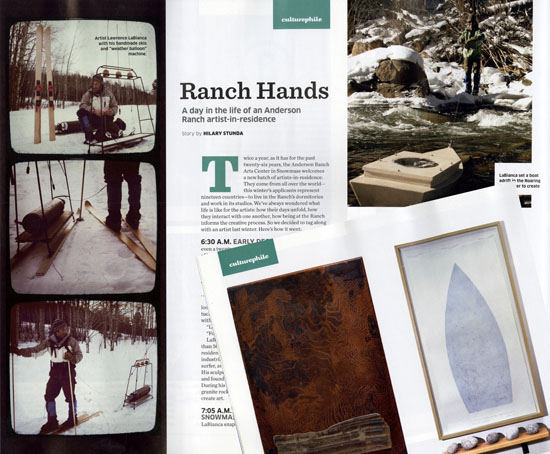
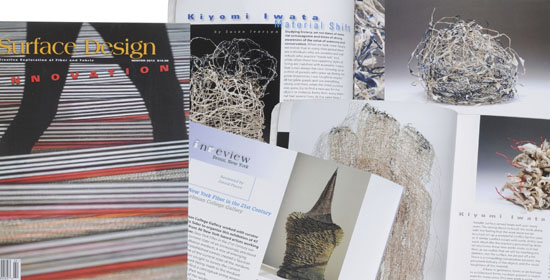
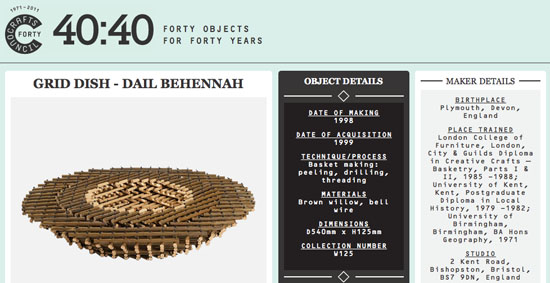
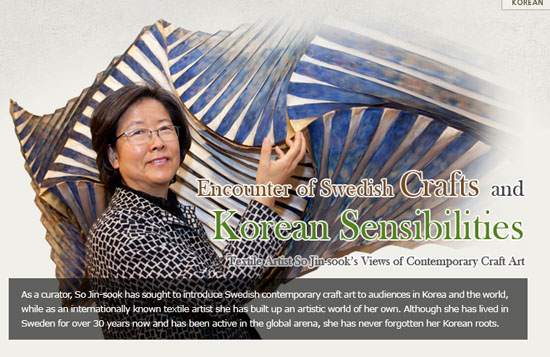
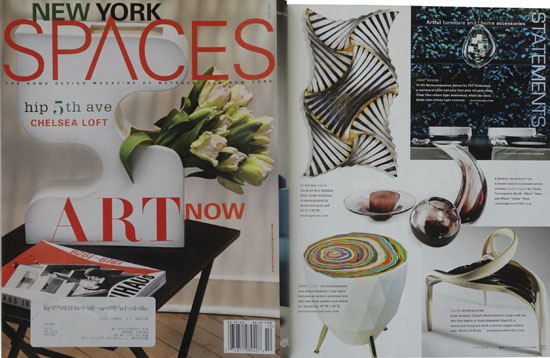
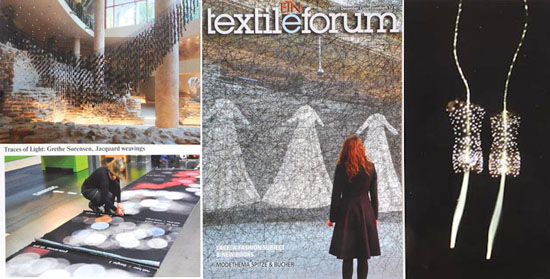
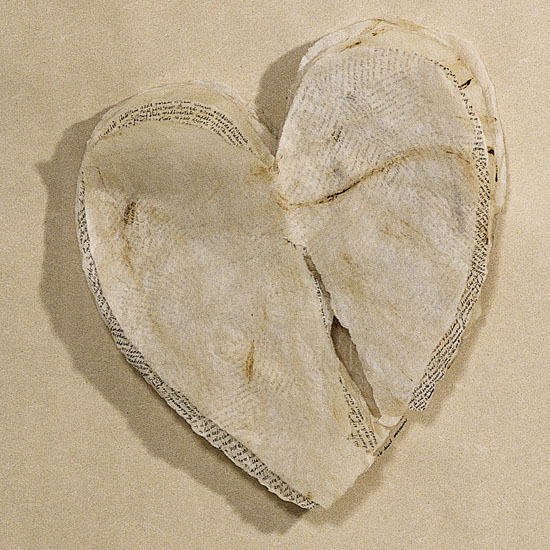
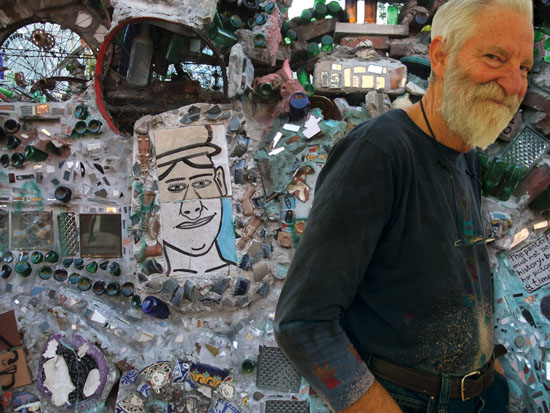
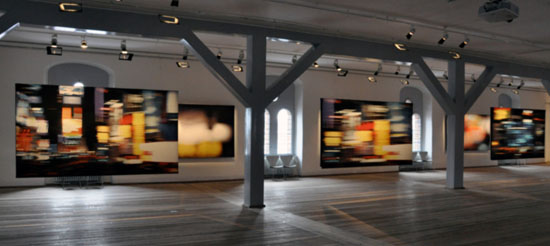
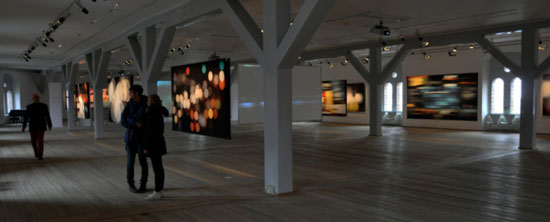
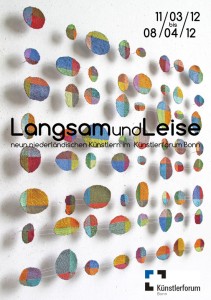
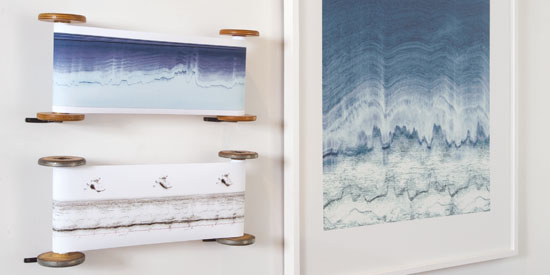
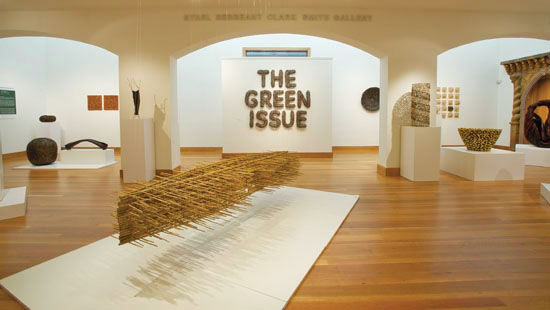
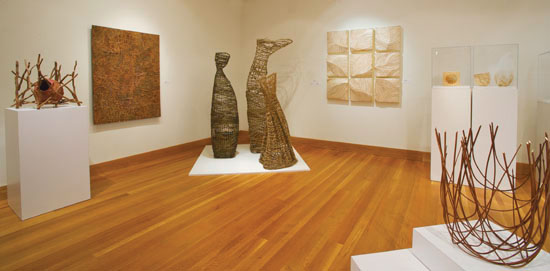
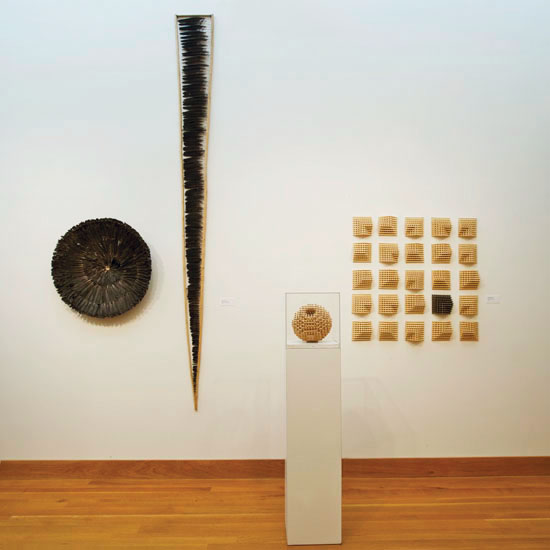
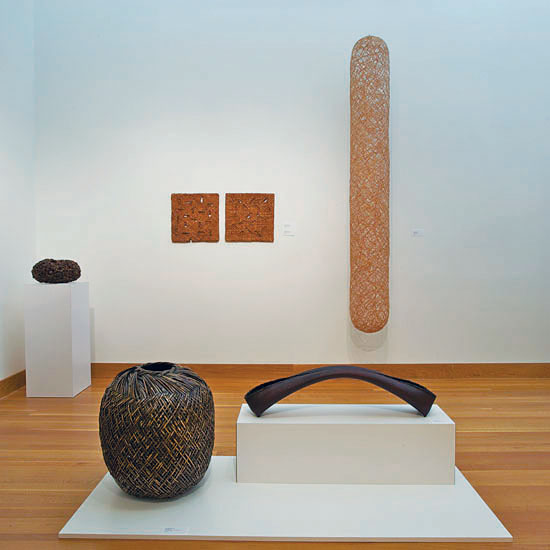
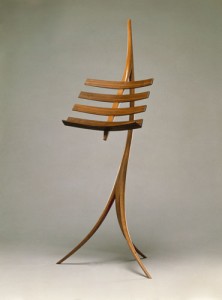
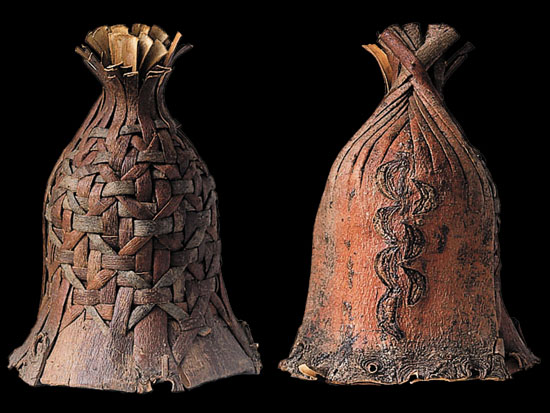
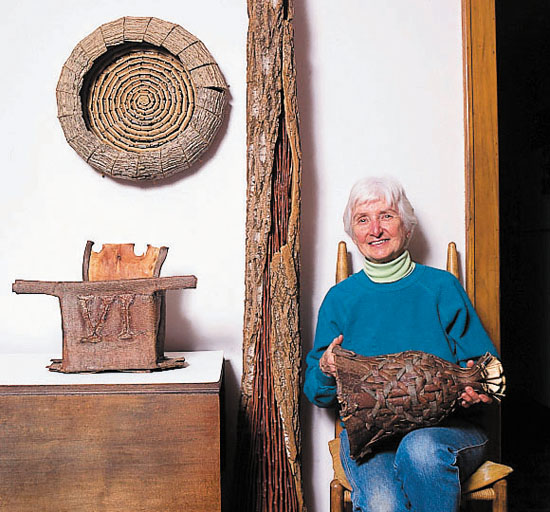
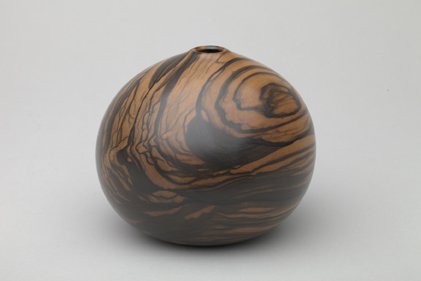
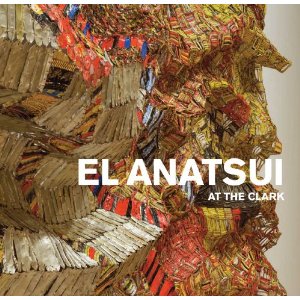
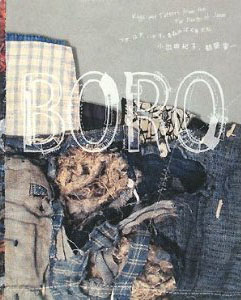
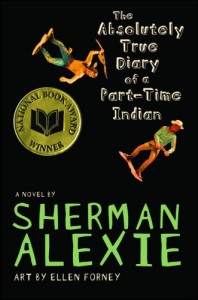

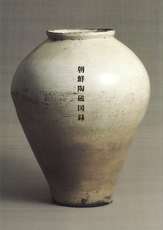
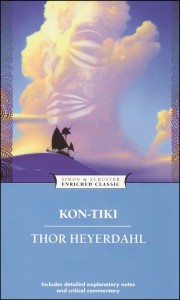
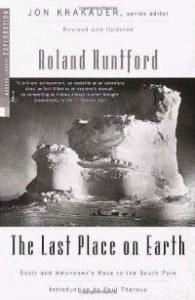
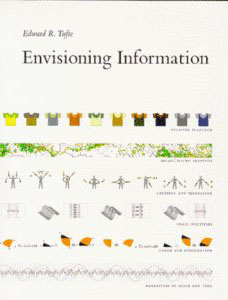
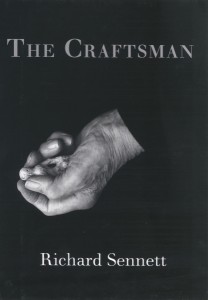
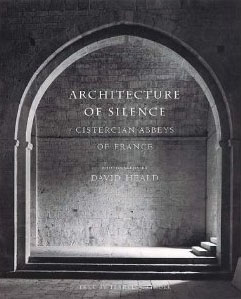
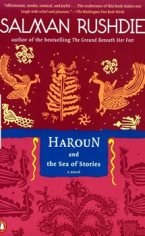
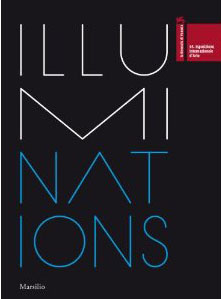


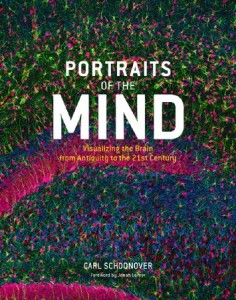

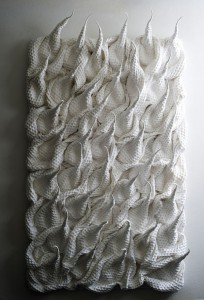
Update: Chris Drury’s Carbon Sink Creates a Dialogue
In a previous blog, we wrote about Chris Drury’s Carbon Sink, an installation at the University of Wyoming that garnered the ire of local legislators who viewed it as a poor educational investment. Chalk one up to transformative power art. As you can see from the editorial below, by Wyoming State representative, Tom Lubnau, in the Gillette News Record, (where Rhonda used to live) the controversy led to a valuable dialogue about art, education, energy and the environment http://www.gillettenewsrecord.com/stories/Trying-to-make-silk-purses-from-sows-ears,61404. Here’s also an image of Chris Drury’s most recent Wyoming-inspired art work, On the Ground: Above and Below Wyoming.
topographical map woven with a Geological map of the state. The border is coal dust and Wyoming earth. The pattern is wind blowing off the Rockies. Size: 3’4″ x 4’1.5″
Trying to make silk purses
from sows’ ears
Tom Lubnau
Gillette News Record, September 6, 2011
A few weeks ago, the University of Wyoming unveiled a new on-campus sculpture entitled “Carbon Sink.”
The artist, Chris Drury, is a worldfamous sculptor, the university paid $40,000 to install the sculpture on campus. The artist designed the sculpture as a series of dead logs arranged in a spiral pattern, which he hoped would symbolize the death of forests from pine beetles due to global warming.
On the Ground: Above and Below Wyoming Detail by Chris Drury
Much has been written by journalists, bloggers and in some tersely worded emails about the comments Reps. Gregg Blikre, Norine Kasperik and I made about the hypocrisy of accepting dollars derived from carbon fuels to put up an anti-carbon sculpture. People, mostly from California and New York told we told us we should be “ashamed of ourselves” and that we are “ignorant bumpkins because we hate anything that resembles culture” and referred to us as “cow flops and road apples.”
It is important to understand what we didn’t do. We didn’t ask the sculpture be taken down. We didn’t take any steps to remove funding from the university. And we didn’t engage in any form of censorship. What did we do? We defended our friends and neighbors. Prompted by the existence of the piece of art, we started a discussion. My old art teachers, from back in the day, told me that art was supposed to provoke discussion, to inspire and to affect the viewer.
And that is what we did. We used the existence of the art as an inspiration piece to let folks know that between 60 and 80 percent of the state’s budget is dependent on extractive industries. We asked for some appreciation and kudos for the hard-working folks in the energy industry, who go to work day after day, meeting America’s energy needs and funding in large measure the University of Wyoming budget. We told the university that we thought it was out of touch with the rest of the state, and that we wished they would spend as much time working with us to meet our educational needs as they did being critical of the industries that pay the bills in Wyoming.
And to their credit, the administration of the University of Wyoming listened. We engaged in a dialogue about the misunderstandings, misperceptions and missed opportunities that exist between the University of Wyoming and Campbell County. University President Dr. Tom Buchanan, Trustees Warren Lauer and Jim Neiman, and senior UW staffers Don Richards and Mike Massie took time out of their busy schedules to travel to Gillette, to tour a power plant, the college and other community facilities, and to meet with community leaders and energy company officials to discuss opportunities for UW to offer educational services in the Campbell County area.
Carbon Sink University of Wyoming
The discussions were positive. Dr. Buchanan left the citizens of Campbell County with a clear challenge. If we can define a specific set of needs that can be met by the university rather than a vague list of complaints, the university will work to meet those needs. The monkey is now on the backs of the citizens of Campbell County. We have a great opportunity to advance the education opportunities and the quality of life in northeastern Wyoming if we are wise, and if we can specifically define our needs and put a plan in place to accomplish those needs.
Thanks to Chris Drury for your sculpture. While I don’t agree with your science, or what you believe your sculpture symbolizes, the burnt logs laying in a circular pattern on the grounds of the University of Wyoming were a catalyst to open discussions on a greater UW presence in Campbell County. Art prompted discussion. If we accept the challenge, discussion will lead to better education and an enhanced quality of life.
Rep. Tom Lubnau represents Campbell County. Rep. Gregg Blikre and Rep. Norine Kasperik of Campbell County also joined with him in signing this opinion piece. (reprinted with permission).
For Chris’s views and more on the controversy, visit his blog: http://chrisdrury.blogspot.com/2011_09_01_archive.html.